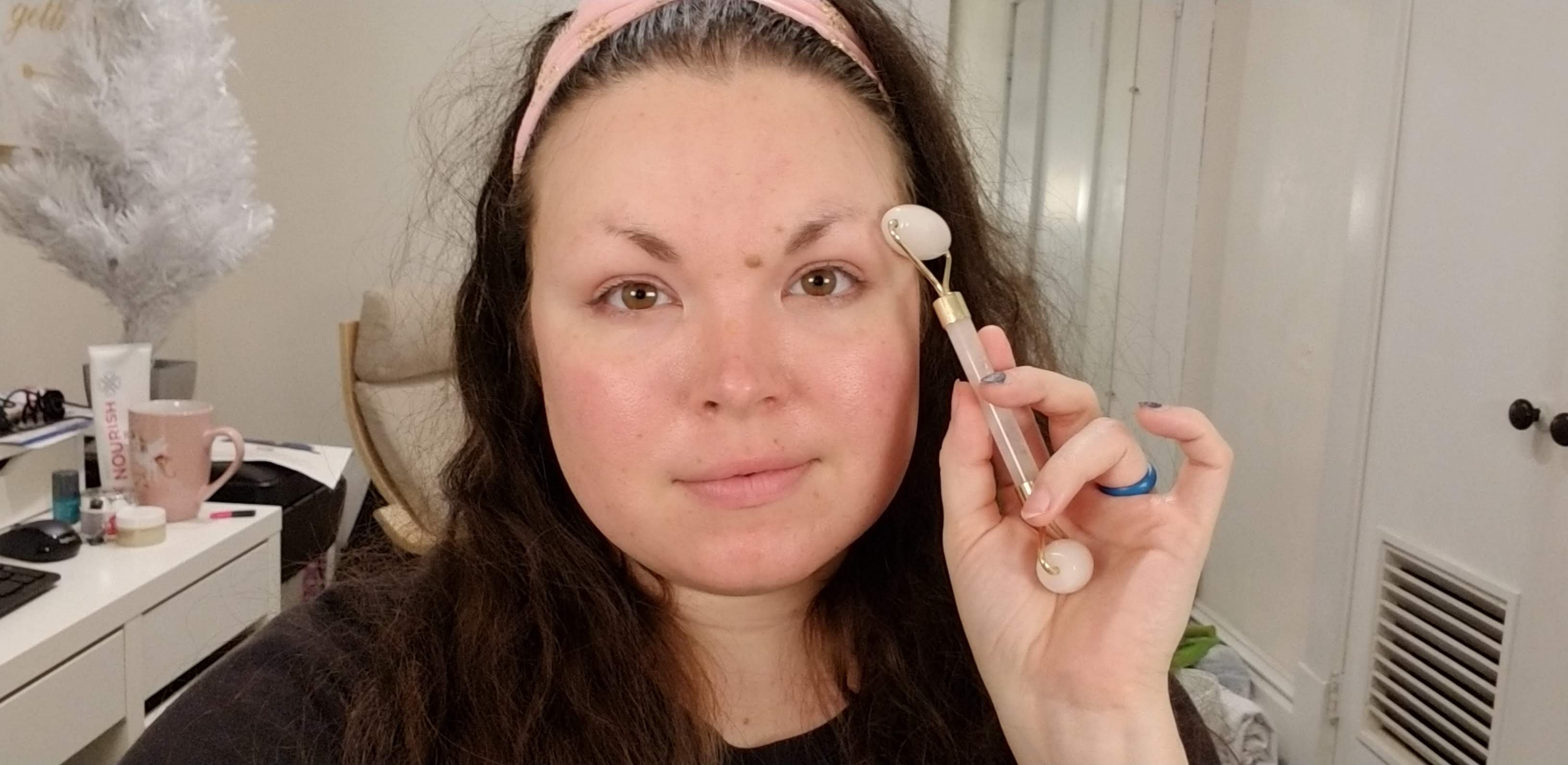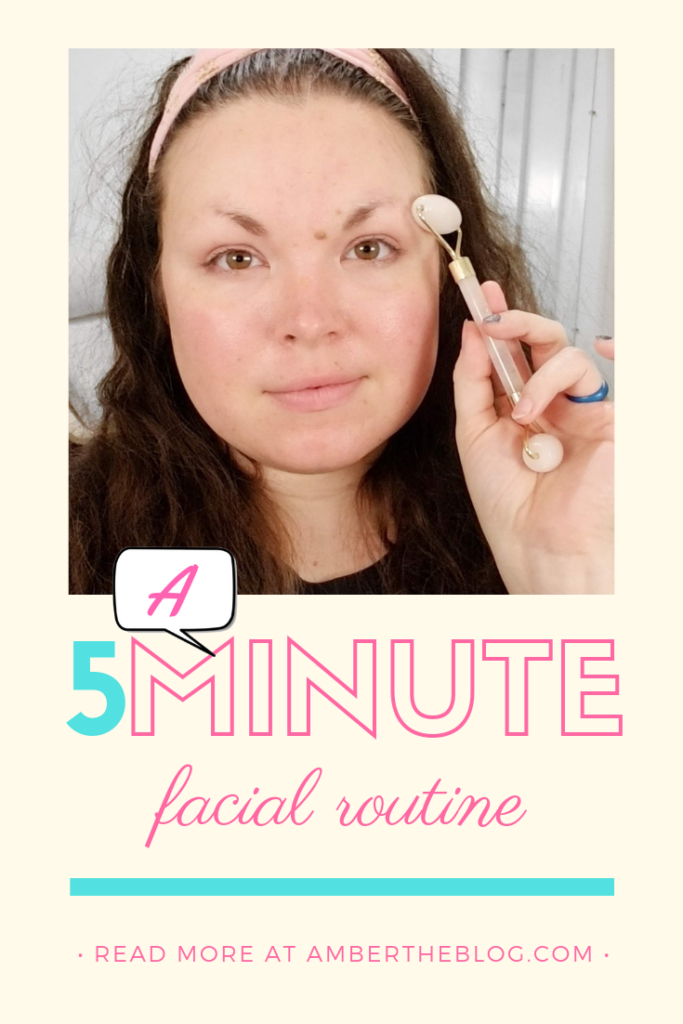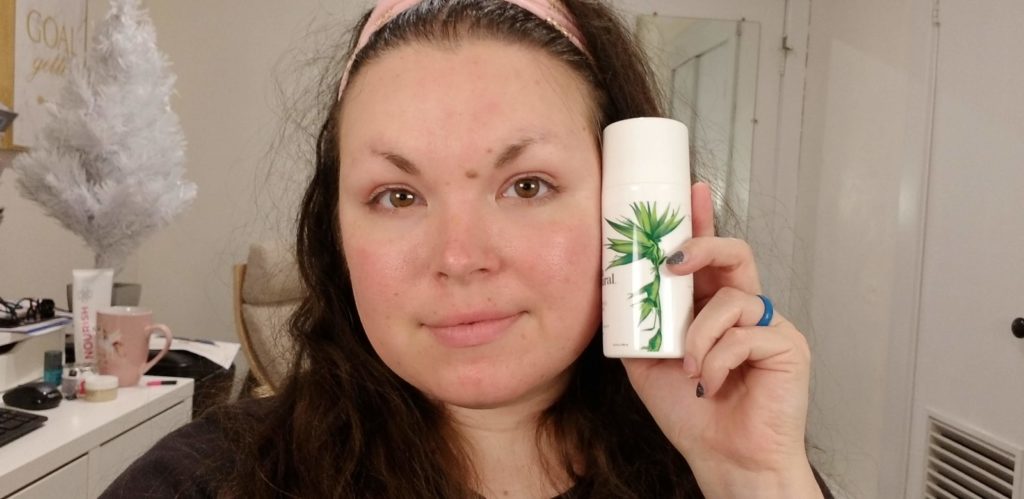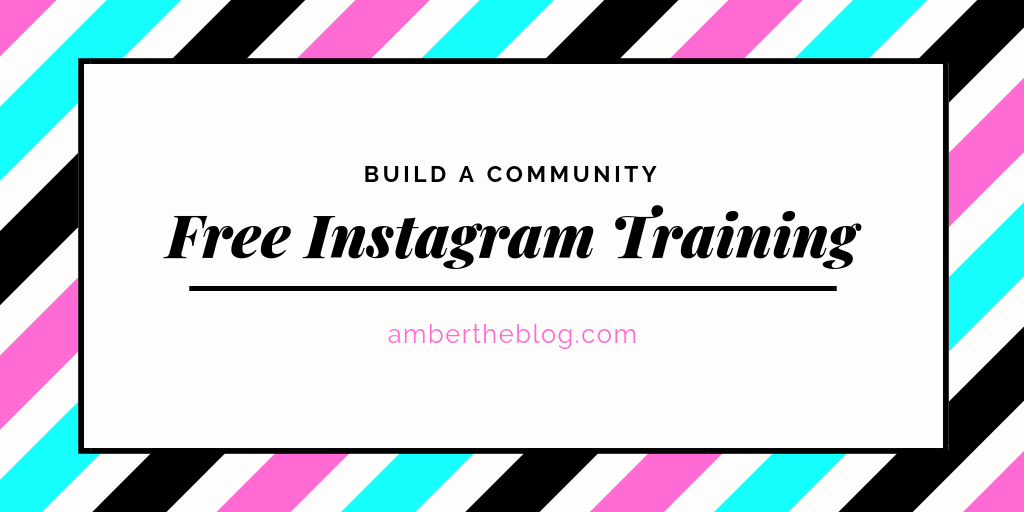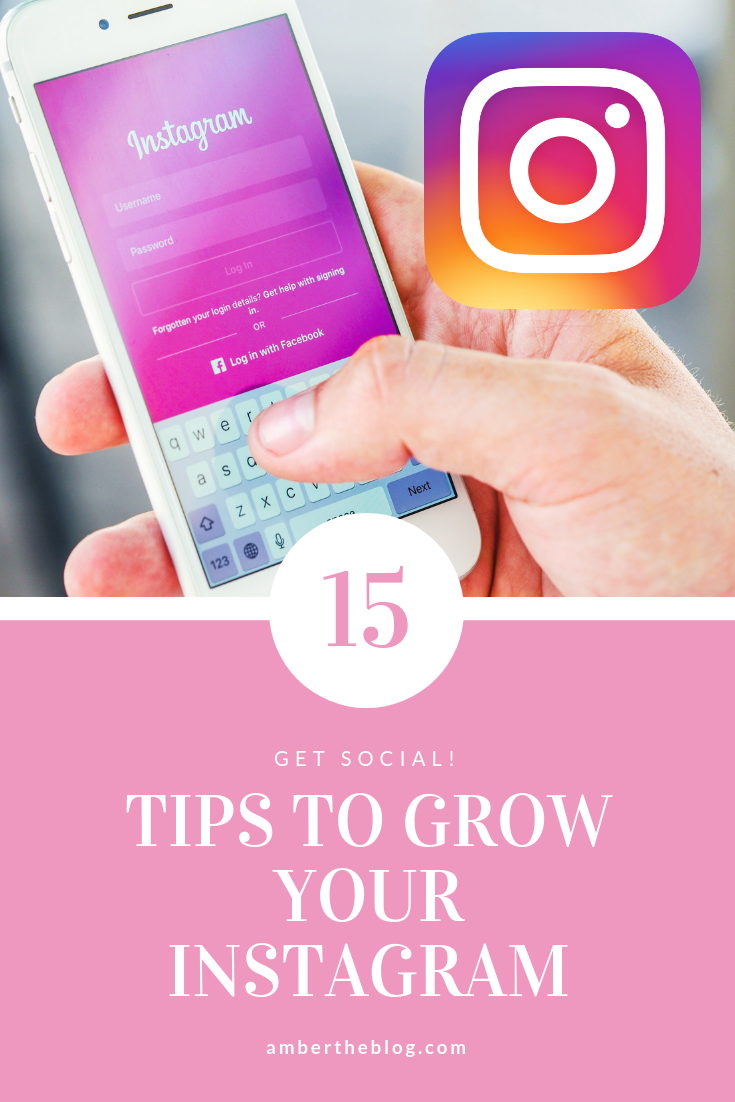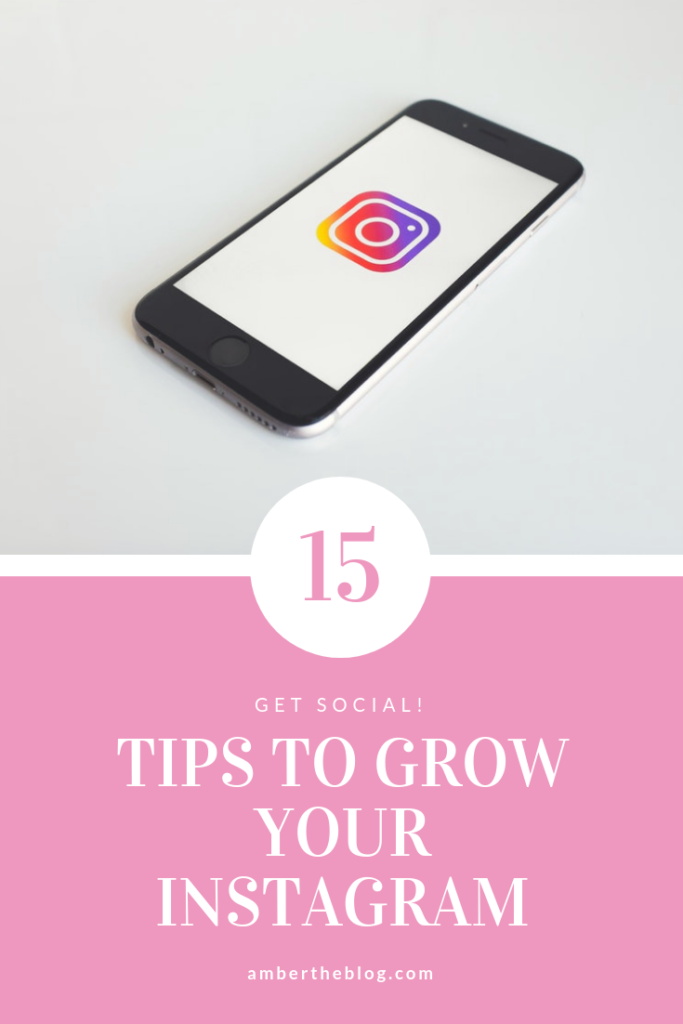
I figured it’s about time I made a blog post with the resources I’ve gathered over the past two and half years. While I figure this is a very niche subject, the people that will want this will probably be very glad I did put this out there. I know I would have been grateful for it when I started this journey!
In this post, I will include traditional as well as substitutional items as well I could find. If you desperately wanted to hand sew your kimono the traditional way, I found the resources for that (and maybe went a little crazy and bought them). If you just want a traditional kimono that you can wear, and don’t mind that it was made with help from a sewing machine and supplies from your country, I’ll have resources for that, too.
I will also include resources to patterns, suppliers, and teachers that I’ve used consistently throughout these processes. I may not know the answers, but knowing where to find the answers is also a skill I’ve learned to value over the years, and being able to point you in the direction of the answers (even if I don’t know the answer myself) is something I have you appreciate and get a lot of use out of.
Why am I qualified? Well, it hardly seems like it, but by this point in my nearly three years of wasai (和裁 – Japanese sewing, as opposed to “yosai” or Western sewing) I’ve made seven kimonos for myself, one for my husband, three haori, four pairs of tabi socks to varying degrees of success, one Nagoya obi, two hanhaba obi, handfuls of emmonuki, oodles of hime, two pairs of mompe, a male haori, my own hakama, two sets of juban, more than a dozen furoshiki, my own kaishi ire (懐紙入れ), a sukiyabukuro (数寄屋袋), and a kobukusa (古帛紗) (three items for tea ceremony). Have I done all of them well? No. There’s a reason I’ve made so many kimono for myself. It takes a while before you really get a feel for the tailoring process, I’ve discovered. It’s simple . . . and also not. But I digress. I’ve been doing this a while. And while I may not be the best tailor, I am really good at documenting where I buy things. Which is really the point of this post! 😀 And since I’ve been doing this a while (and for a lot of things) YOU (and my ADHD brain) get to reap the benefit of having it logged somewhere that isn’t as easily misplaced as my sewing notebook.
Let’s start with the tools you’ll need. If you plan on using a machine (which is totally FINE BY THE WAY YOU CAN MAKE A TRADITIONAL KIMONO WITH ONE OK) you’ll need – a machine. I’ll include a few I’ve gotten my hands on and enjoyed that will carry you through, including two of mine that have lasted for years. I also recommend looking at yard sales and qualified secondhand retailers. A well maintained sewing machine or serger can have many years left at a discount.
TOOLS
Traditional/Japanese sourced:
KimonoYukiko on Etsy is an excellent resource for general wasai items.
Sewing gauge in CM.
Kakehari “third hand” clip
Kukedai desk clamp
Thread snips (I use these when I embroider and do sashiko)
Sashiko style thimble
Hand sewing needles
Hand sewing needles from KimonoYukiko
Silk hand sewing thread from KimonoYukiko
heradai (sewing, ironing and pinning surface) from MKimono
Traditional ruler
Japanese style pin cushions
Alternatives:
Alternate sewing gauge in CM.
Hot hem ruler in CM (perfect for rolling hems and doing mitered corners)
The ubiquitous tomato pin cushion
Magnetic pin caddy (trust me)
Ironing board (no link – any one you have will do)
Yardstick (any yardstick with CM)
Thread snips (these are my personal favorite but any will do)
Universal Tools (Things you’ll need whether you’re doing traditionally or not):
Sewing clips
Sewing pins
Fabric chalk or marking pens
Fabric scissors (specifically angled for tabletop or floor cutting)
Kneeling pad (if you have hard floors – TRUST ME)
Extra long tape measure
Fabric weights (optional but handy in a lot of cases when you’re not working with cotton)
Kimono hanger
A good iron (I purchased this one because it allowed me to make marks with the point like traditional Japanese irons which I can’t get my hands on – yet! It also heats quickly, evenly and is a great size for doing seams.)
NOTEBOOK – You’ll want a notebook that makes it easy to take measurements and draw diagrams. I like dot grids. You’ll also want something that lays FLAT so you can see your pages while your hands are busy. I think I could do a whole post on note books and accessories!
Erasable gel pens – please trust
Sewing Machines:
Singer C5200 – large plate is handy for the amount of fabric kimono requires
Bernette B37 (one of my favorite personal machines – excellent review here)
Resources
Kitsuke: My personal sensei, friend and all around nice human, Billy Matsunaga. Her Patreon and Instagram are also great resources. Her video below is how I learned how to start sewing kimono!
As above, KimonoYukiko is a great resource for wasai items.
MKimono is also a great resource, though they are often out of stock. Put in a request for items to be restocked to be notified. You might wait a while, but if you really want something traditional, it can be worth the wait. It’s how I got several of my items direct from Japan.
Book: How to Make Your Own Japanese Clothes
Where to Start?
Now, assuming you have the basic supplies, you first have to determine your measurements before you decide on fabric. Thankfully, my teacher, Billy Matsunaga, has a whole video dedicated to finding your kimono measurements. This will help you if you want to find secondhand kimono, new kimono, or in our case, sew your own!
Have someone help you measure if you can. Once you have your measurements done TWICE and you’ve verified that they match, you can be sure you have the correct measurements. Congratulations! You now have your kimono size! This is a true accomplishment. Now you have the information you need to start in the first video to make your own kimono. Grab a cup of tea, sit down with your notebook and erasable pens and give the first video at least two watches. Pause it. Rewind it. Ask questions until you get the answers you need – they’re in there!
I have a task list with timestamps associated with that video on making a kimono. I haven’t typed it up yet, and that would make for an entirely other post, but I think it would be helpful to some people? If this would be helpful to you, for example, collar begins at 20:22, and hems are here, etc, would you comment and let me know? I’ve hand written it out for now, but if it would be helpful, I’d hot link it for you. 🙂
FABRIC SHOPPING~!!!
Well, almost.
Yes, you get to go shopping for your first fabric! But PLEASE don’t go buying your dream fabric for your first kimono. Or you will have nightmares. Instead, go to your local thrift store and buy a bedsheet or two. I’m not kidding. I did this for my first juban (undergarment) and kimono. And I’m very glad I took Billy’s advice. I learned a lot and made a lot of mistakes for very little monetary investment.
Once you get to a point where you’re ready to invest, here are a few places I shop. I almost never buy fabric on Amazon. I have rarely heard good things.
Fabric Mart Fabrics – My blue kimono fabric is from here!
JoAnn’s – oh dear I spend way too much here
Mood Fabrics – designer fabrics
Etsy – I have had many successes here from many different sellers!
Let’s talk FIBER. My first juban was from some old polyester (yes, POLYESTER) bedsheets I found at Goodwill with FLAMINGOS on them. It is amazing. Possibly poly-cotton because of how it sticks to cotton, but it is definitely poly because of how it smells when ironed. My second haori I thought to work with was 100% polyester, and I was not ready for that slippery challenge as a new seamstress. From then on, I worked with cotton for my next several kimono, and it was perfect for me to learn on. If you’re starting out, definitely try cotton. It’s cheaper, for starters, and way more forgiving. It’s easier to iron and tell it what to do than other fibers. It’s easily washed and cared for, and it comes in so many fun prints and colors! Until you’re confident you’ve discovered the measurements and skill of making a kimono that fits you, I highly recommend sticking to cotton.
Just Try
You’ve got your supplies, measurements, and fabric – now all you have to do is work up the gumption to start. To be honest, I sat on some fabric for over a year – a YEAR before I told myself to try. I admittedly still have a serger sitting in my craft room that I haven’t touched because it intimidates me. But this is the year I fix that.
Here are some playlists I like to listen to while I work that may ease you into the kimono making mood.
80’s Japanese
80’s Japanese City Pop
Greatest Ghibli Music
Genshin Concert 2021
I’ll be updating this post as I find more resources that I think will aid you – and I’ll let you know if I ever figure out that serger. 😉 Until then, happy kimono making!


